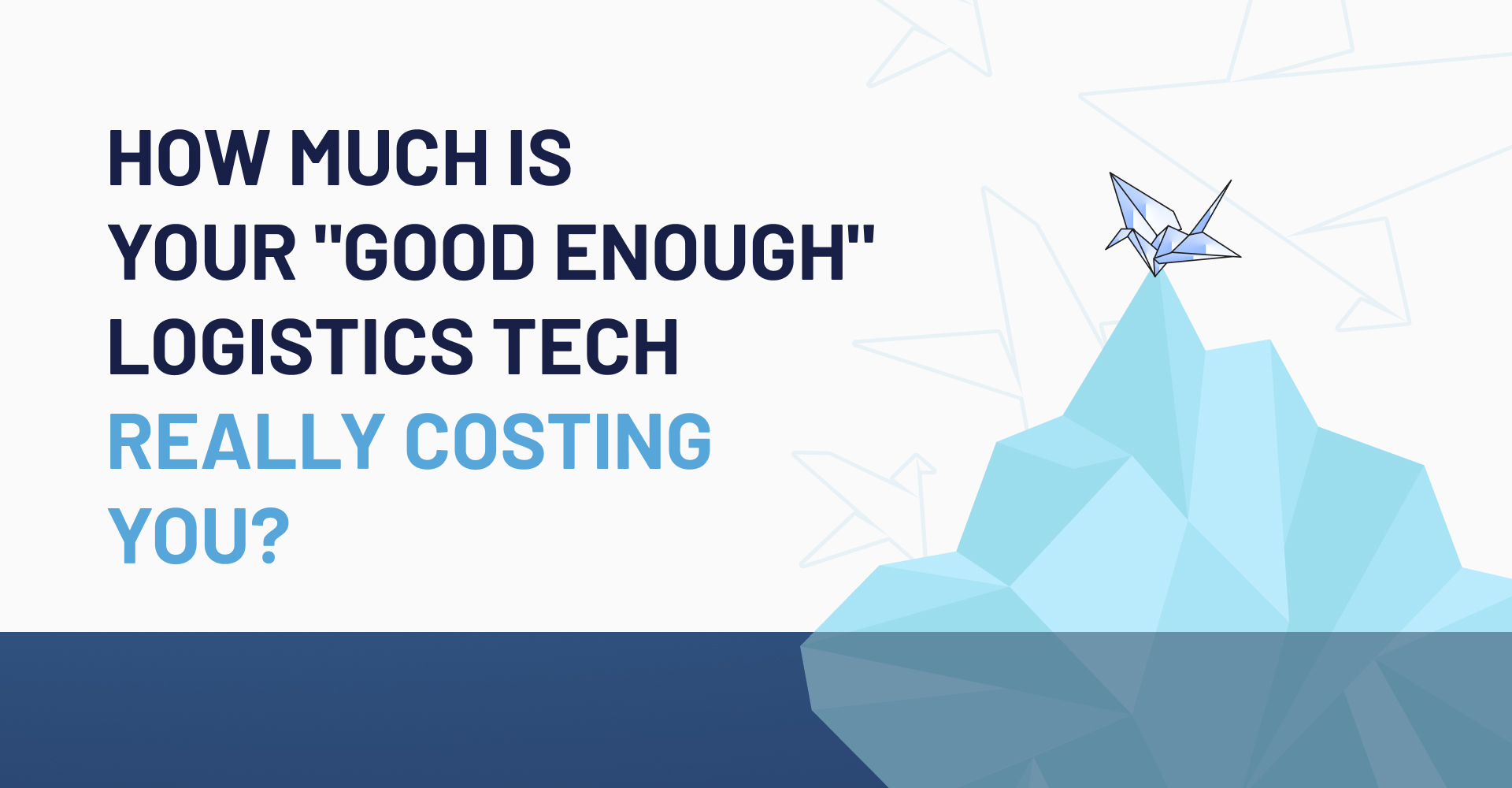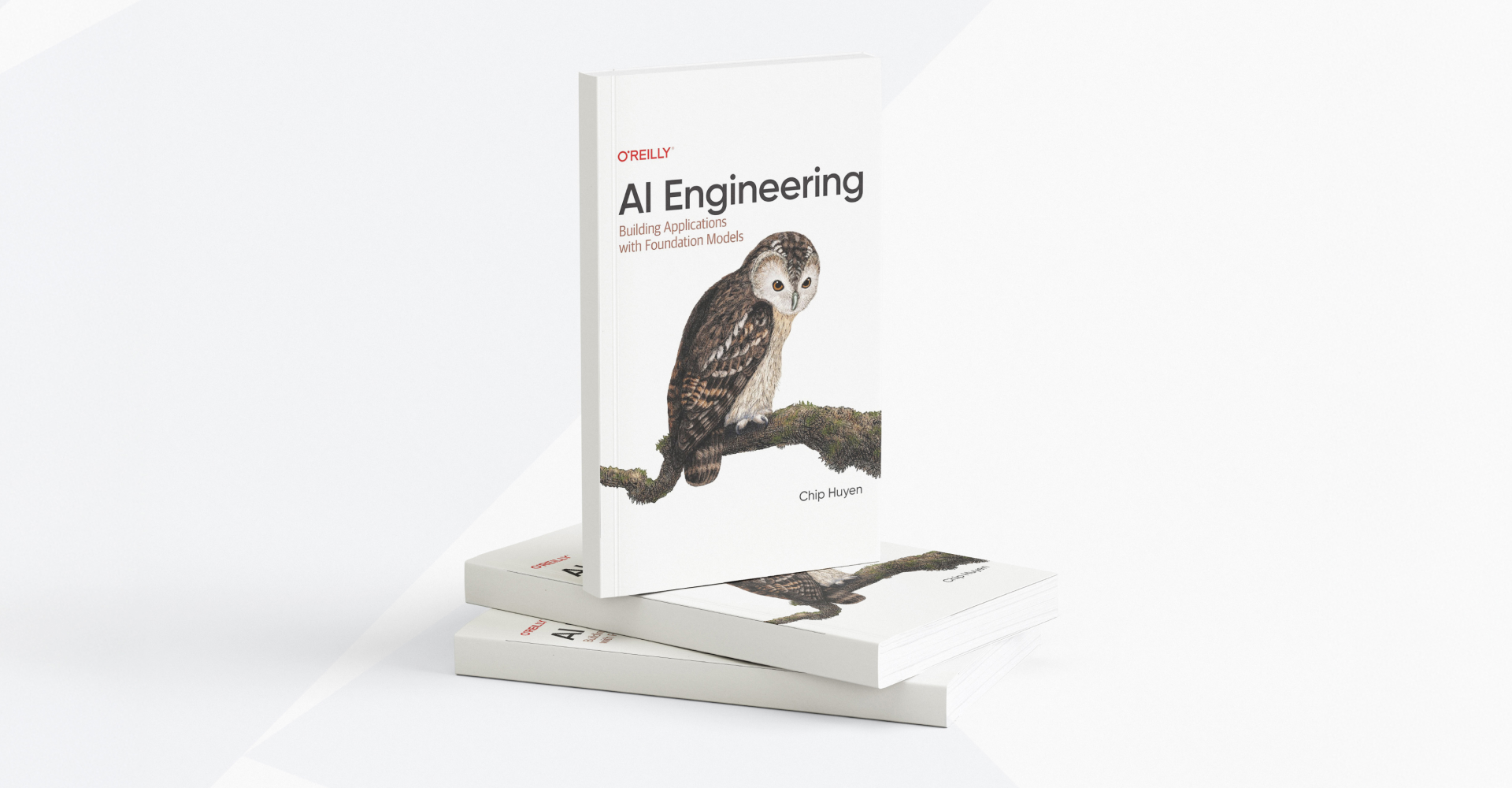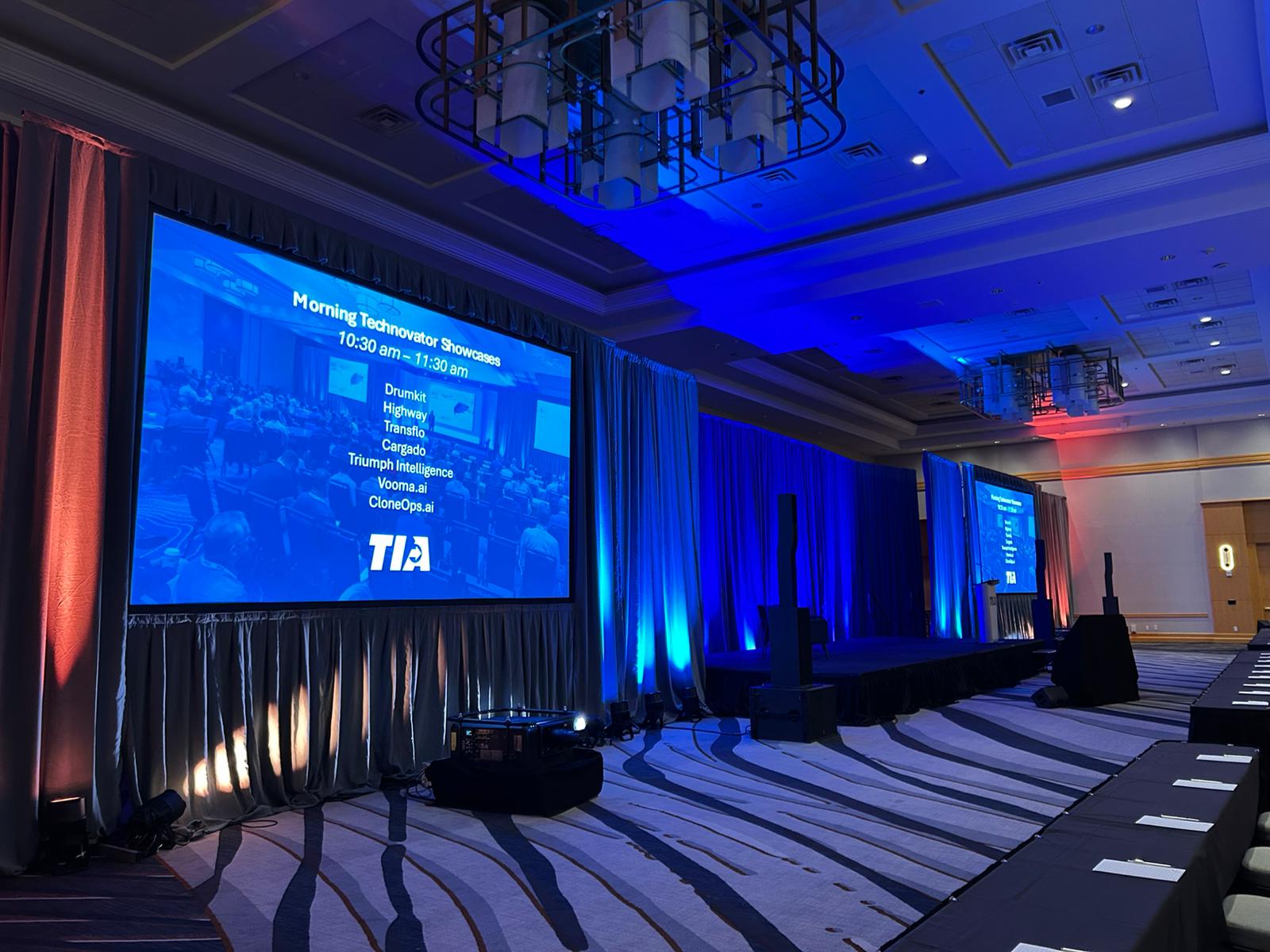
Is your technology just another expense, or is it your greatest strategic weapon? For many logistics companies, a patchwork of legacy systems and spreadsheets feels "good enough," but this mindset comes with hidden costs that squeeze margins and hand an advantage to your competition.
This article exposes the five key pains of outdated tech and provides a modern playbook to fix them.
The 5 Pains of Outdated Logistics Technology
If you're running on legacy systems, manual processes, or systems that don’t talk to each other, these challenges probably sound familiar. They start as minor frustrations but quickly snowball into major business liabilities.
1. Operational Bottlenecks
This is the most immediate pain. Manual processes, suboptimal routing, and a complete lack of automation lead to excessive transport costs, human error, and wasted time. The direct result is reduced profit margins and an inability to compete on price.
- Insight: According to industry analysis from ARC Advisory Group, companies implementing a modern TMS can reduce their total freight costs by an average of 6% to 10% through better route planning, load optimization, and carrier selection1.
2. Lack of Visibility Across Operations
Disconnected systems create data silos, making real-time answers impossible. Internally, a lack of centralized data cripples accountability and makes real-time coaching nearly impossible. This can lead to reduced productivity, costly mistakes, and even opens the door to fraud, a massive problem in the industry today.
When a client calls for an update, can you give them a real-time answer? A lack of visibility creates a negative customer experience, loss of trust, and cripples internal decision-making.
- Insight: A 2024 survey by FreightWaves and Descartes found that a staggering 99% of supply chain professionals rate real-time visibility as 'important' or 'very important,' yet many legacy systems fail to deliver this critical capability2.
3. Limited Scalability and Missed Opportunities
Opportunity knocks, but your systems can't answer the door. Your tech should enable growth, not cap it.
Generic TMS or legacy software was never designed for modern growth. It struggles to keep up with advancements in shipper technology and changing federal and state regulations, which require constant updates to create synergy between systems (especially for EDI setups).
When systems fail during peak periods or require you to hire more staff just to handle a small increase in volume, you're being held back. More specifically, the hidden costs of managing off-the-shelf software become a major financial drain:
- Support Costs: You're hit with expensive billable hours for "help" and routine software management for your TMS, load automation, and carrier qualification tools.
- The "Base Package" Trap: Most TMSs lure you in with a cheap base package, but the critical features you need require expensive upgrades, customizations, and modifications.
- Shared System Rigidity: Some popular platforms are shared between all clients, meaning you're stuck with changes everyone else agrees to, limiting your ability to tailor the tech to your unique business needs.
4. Mounting Competitive Pressure
This pain comes from the outside. You watch as rivals pull ahead with slicker operations, more transparent service, and better pricing. They aren't smarter; they're just better equipped.
Your rivals are gaining an edge by investing in the logistics automation, AI, and proprietary technology that you are not.
5. Security and Compliance Risks
This is the threat that should keep you up at night. Outdated systems lack the modern security protocols required in today’s digital landscape, making them prime targets for data breaches and often fail to meet modern compliance standards.
The real cost is the potential for costly fines, devastating reputational damage, and severe operational disruptions.
The Modern Playbook: Building Your Custom Tech
The solution is a unified logistics platform that serves as a single nerve center for your business. Whether built from the ground up or as a custom hub integrated with existing tools, the path involves four key steps:
- The Core (Custom TMS): The brain of your operation, centralizing quoting, dispatch, routing, and financials.
- Integration: Connect your TMS with CRM and finance tools to break down data silos and create a single source of truth.
- Automation: Automate workflows to eliminate manual tasks and use client portals to provide real-time tracking.
- The Result: Become a proactive, data-driven operation that makes smarter decisions and delights customers.
Lead or Fall Behind? The Choice is Yours
Investing in modern logistics tech isn't just an upgrade; it's a fundamental business transformation. In today's market, standing still is falling behind as the race for digital leadership accelerates.
That leaves one critical question: Will you invest to lead the pack, or will you risk getting left behind?
Book a free consultation with our team, and let’s diagnose the best path forward for your logistics tech strategy.
1 ARC Advisory Group, "Transportation Management Systems Market Research Study" (recurring report).
2Descartes Systems Group, "2024 State of the Supply Chain: Taming the Bullwhip Effect" survey, conducted in partnership with FreightWaves.



.png)

.png)









